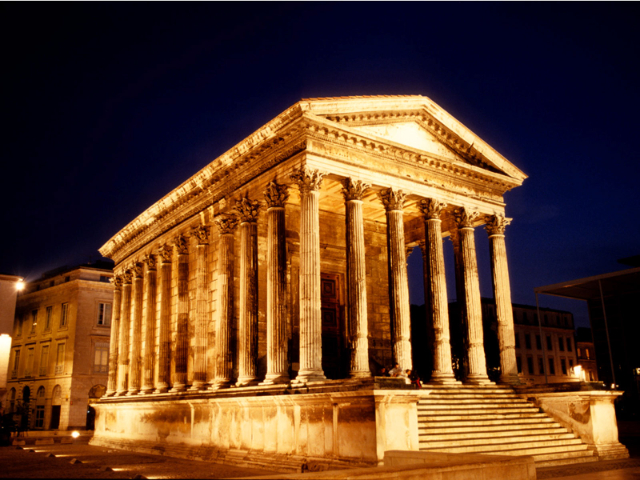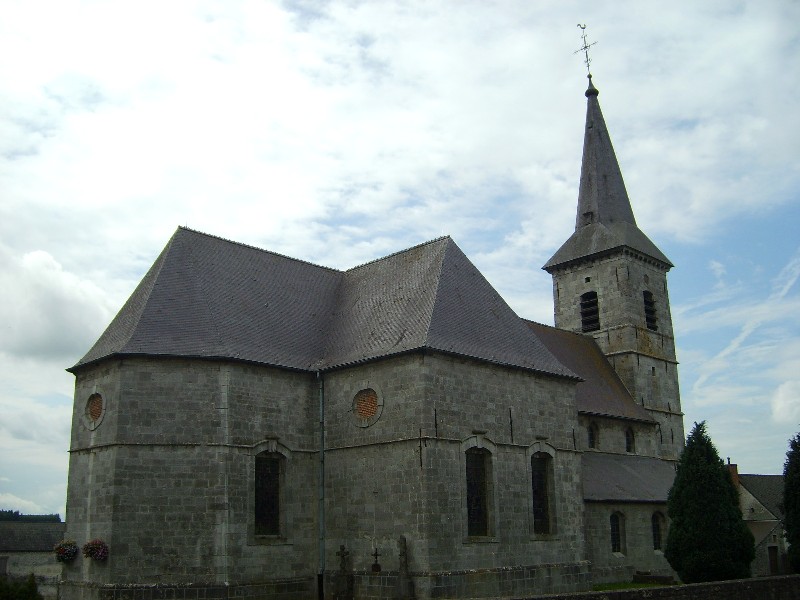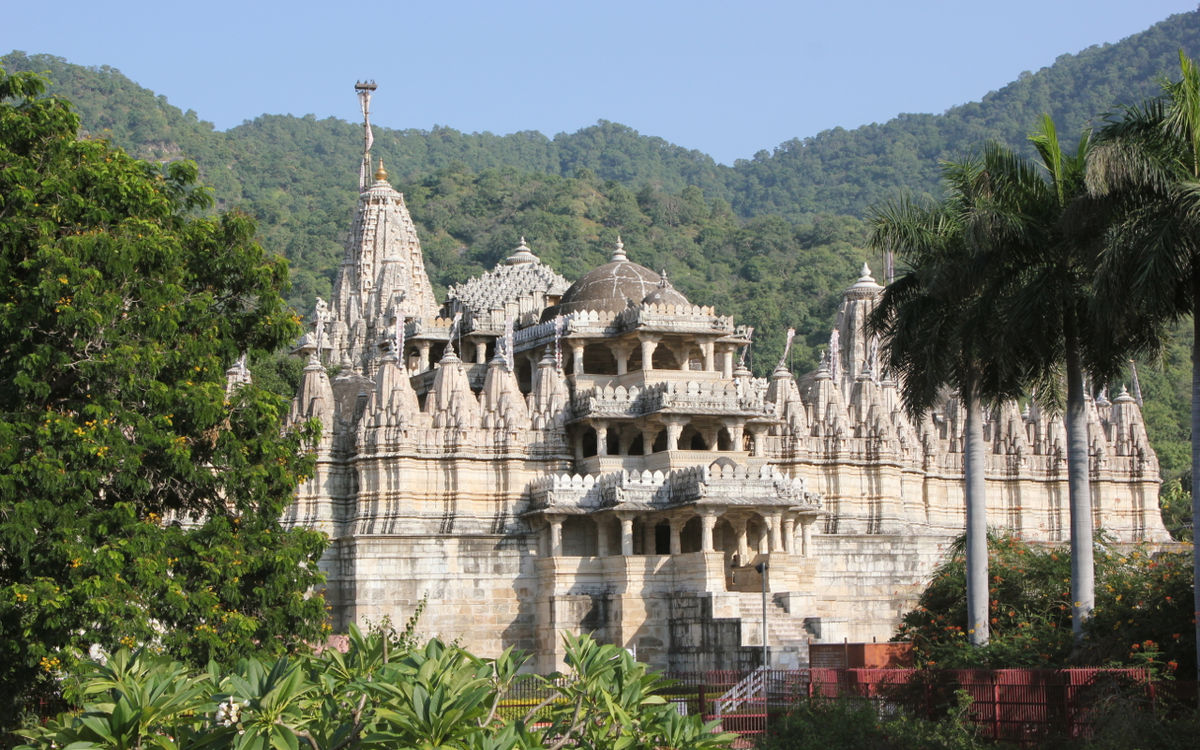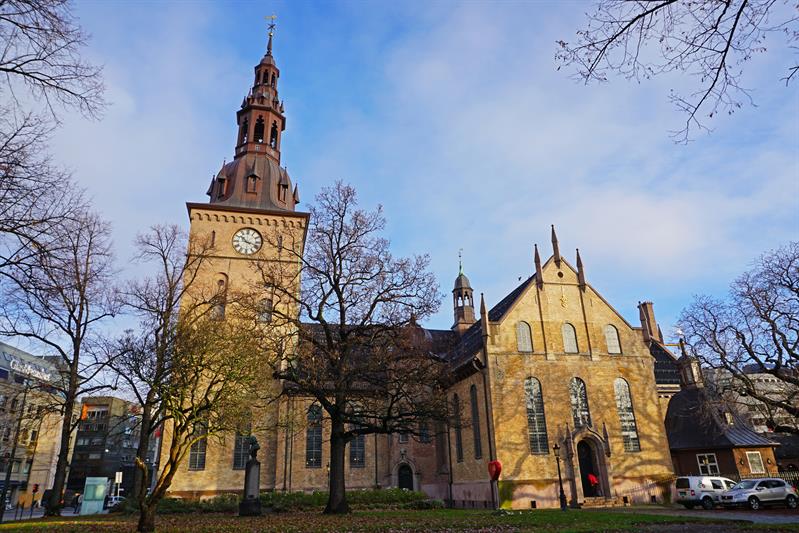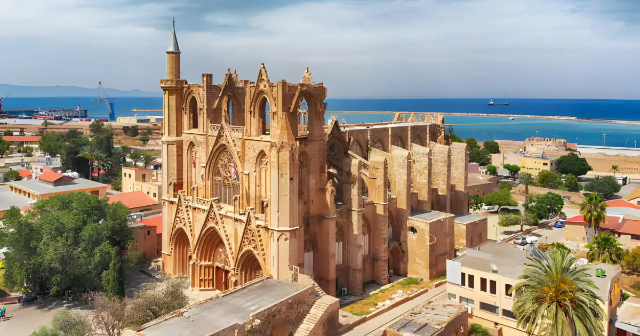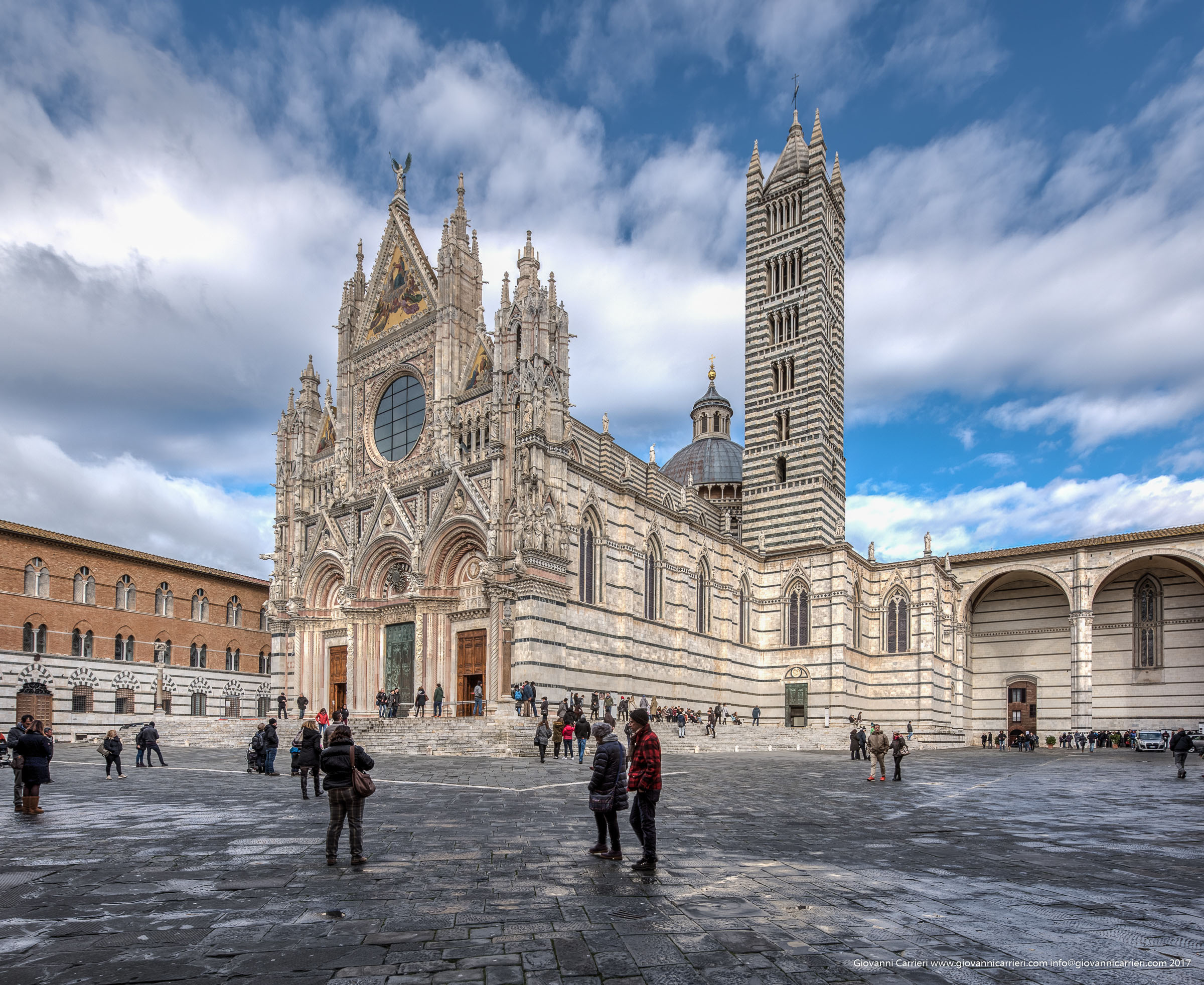The Maison Carrée in Nîmes stands as one of the best-preserved Roman temples in existence today. This exquisite example of ancient architecture is a pivotal attraction in southern France, reflecting the grandeur and precision of Roman architectural design influenced by the principles of Vitruvius, the renowned Roman architect.
Constructed during the reign of Emperor Augustus, the Maison Carrée is notable for its Vitruvian architecture, which closely follows the Tuscan order described in Vitruvius’s writings. It exemplifies Roman temple design with its rectangular layout, raised on a 2.85-meter-high podium, and measures 26.42 meters long by 13.54 meters wide. This design strategically dominated the forum of the ancient Roman city, showcasing the empire’s architectural prowess.
The façade of the Maison Carrée features a deep portico or pronaos, which accounts for nearly a third of the building’s total length, richly decorated with Corinthian columns. This hexastyle arrangement of six columns under the pediment at either end, combined with the twenty engaged columns along the walls of the cella (the inner area of the temple), presents a “pseudoperipteral” layout—a term indicating that while it evokes a peripteral colonnade, the side columns are actually partially embedded into the walls.
Above the columns, the architrave is intricately divided into three levels, respecting the classic ratios of 1:2:3, topped by an ornate frieze decorated with rosettes, acanthus leaves, and a finely detailed row of dentils. Despite the high level of detail, the carvings are noted for not achieving the mathematical precision found in Greek temple decorations such as those on the Parthenon.
The grand entrance, measuring 6.87 meters high by 3.27 meters wide, leads to a surprisingly small and windowless interior, once the sacred home of the temple’s deity. Today, this inner sanctum is utilized to screen a tourist-oriented film that delves into the Roman history of Nîmes, though none of the original interior decorations remain.
The influence of the Maison Carrée extends far beyond its geographical and historical setting. It inspired neoclassical architecture across Europe and the Americas, including significant structures like the Église de la Madeleine in Paris, St. Marcellinus Church in Rogalin, Poland, and even the Virginia State Capitol in the United States, which Thomas Jefferson designed after being inspired by this Roman temple during his time as minister to France.
For those captivated by ancient architecture and Roman history, the Maison Carrée offers a profound glimpse into the architectural ingenuity of the Roman Empire. For more information on visiting this historic temple and exploring its architectural and cultural significance, Secret World provides detailed travel guides and insights. Additionally, for a comprehensive exploration of the global influence of Roman architecture, this comprehensive guide is an invaluable resource.

